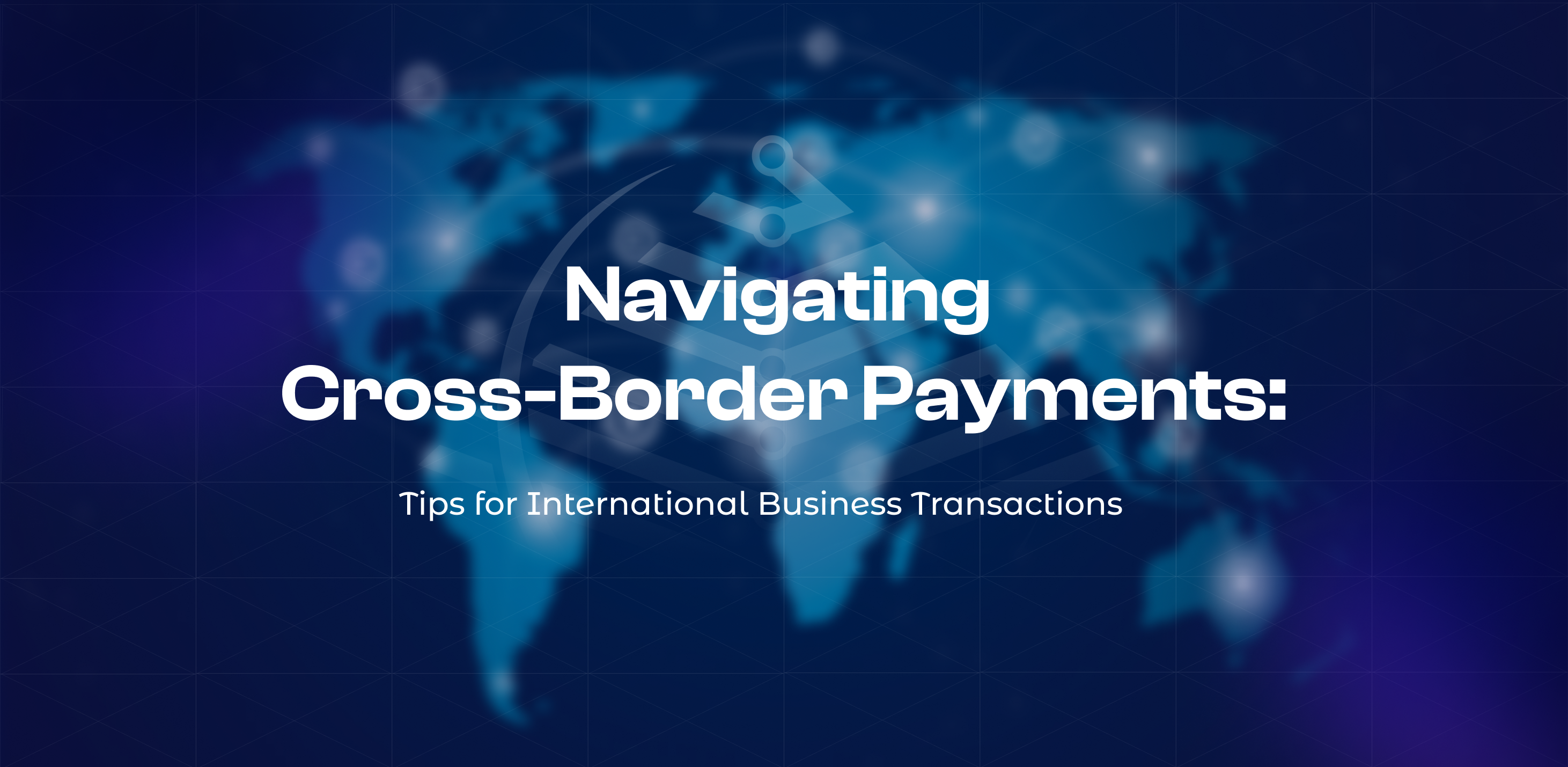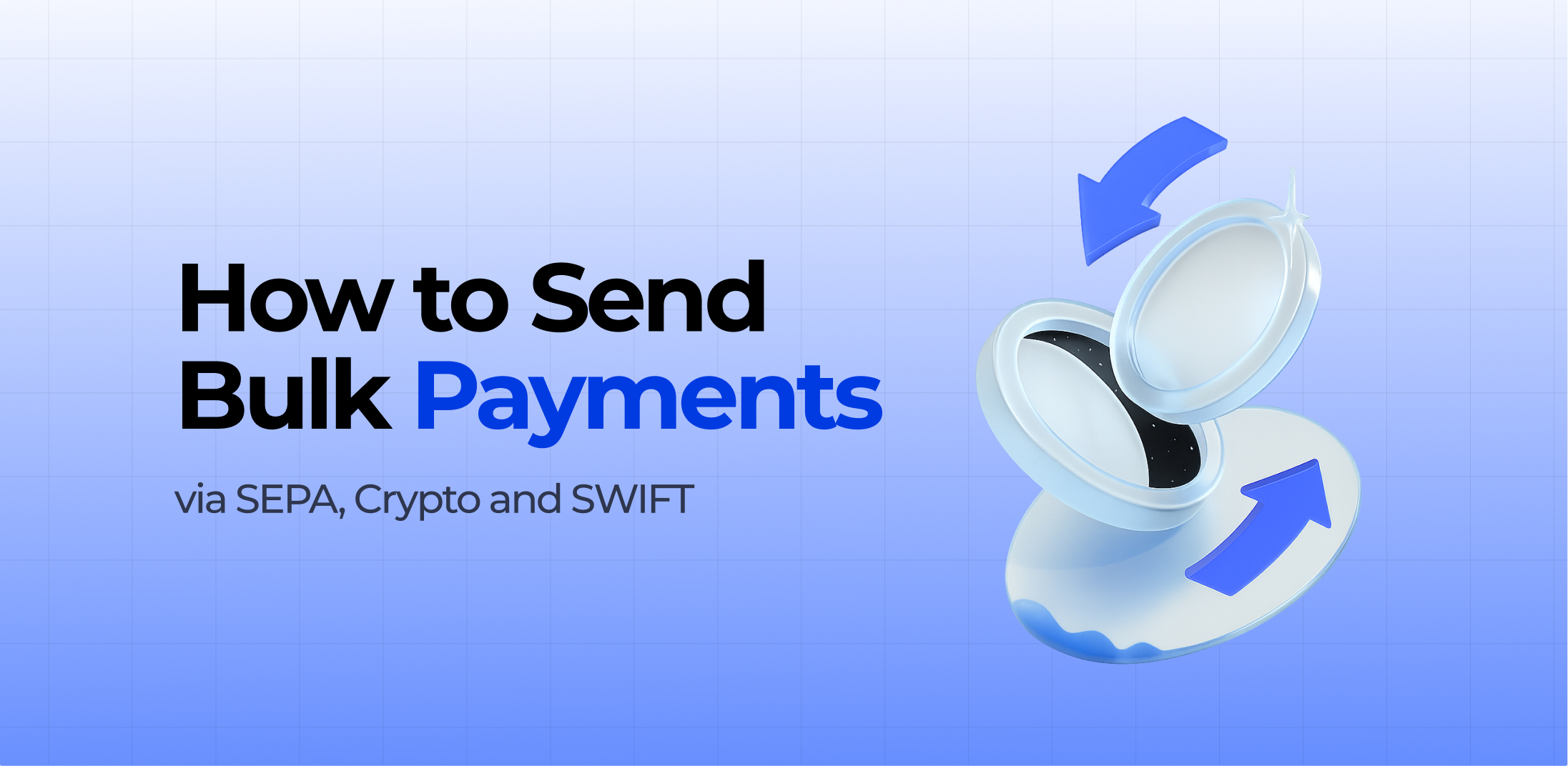Business globalization is a complex but often profitable strategy. Entering a foreign market brings new challenges. For instance, businesses need to facilitate the acceptance of online payments while considering global practices, legislations, and regulations.
Today, there are no restrictions for making cross border payments. This is indeed the progress and success of modern society. Let’s figure out together what cross-border payments are. The PaySaxas team can help you with that. Let’s begin.
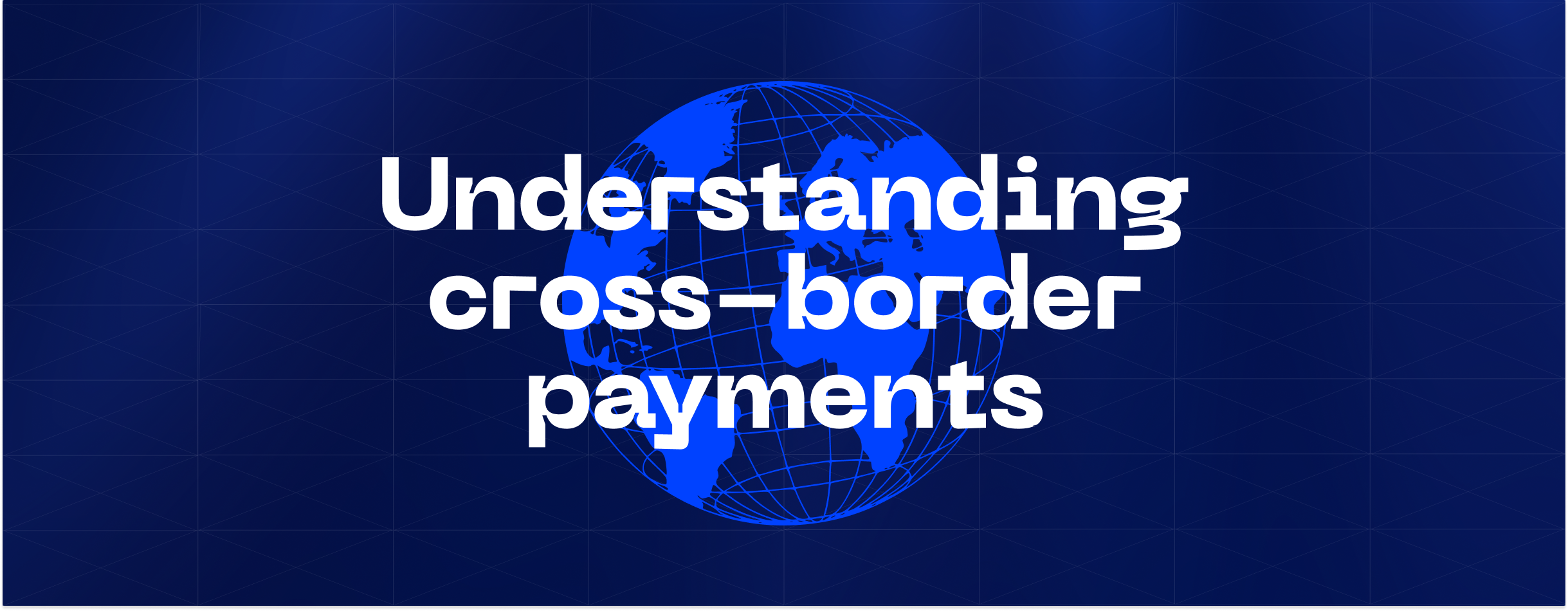
Understanding cross-border payments
A money transfer is considered cross-border if one of the parties to the transaction (payer or recipient) is located not in the origin country, but in any other area in the world. In addition, cross border payments include those transfers that are serviced not by a domestic bank, but by a foreign one.
One should be prepared for the fact that the interest per transfer in case of cross-border transfers will differ significantly to a greater extent compared to the commissions for domestic transactions. This is logical and is explained by the fact that banks incur serious costs in this regard. They also have to pay the fees of payment systems and acquiring banks.
Description and importance of cross-border payments
Let’s clarify what cross border payments are. These are transfers of funds from one bank or financial institution in one country to another. When making a transfer, physical money is not transferred between banks or financial institutions.
Instead, information about the recipient, his account number at the receiving bank, and the amount transferred is transmitted. The whole purpose of cross border payments is to help ordinary people, entrepreneurs, and merchants adapt their global trade strategy to local markets.
In this way, they offer the end recipient of funds in different regions familiar options for receiving money. Businesses, for example, have the opportunity not only to improve customer service but also to capitalize on new sources of revenue.
The mechanics of cross-border payments
The cross border payments are made entirely electronically from card to card, or in the traditional way, by bank transfer. There can be many options when electronic money is used on the sender’s or recipient’s side.
But the essence remains the same — a money transfer is sent from one country to another. It should be taken into account that the cross border payments regulation occurs by the regulations of individual countries, as well as international agreements, rules, and customs.
How do cross-border payments work?
The b2b cross border payments are a common occurrence today. Therefore, it is better to understand the process of such operations. It should be noted that payments can be made both through Internet banking and through any branch of your bank.
The choice of the best form of cross-border payment depends on the country of destination, currency, and urgency of the transfer. The optimal option today is a bank payment. This format is used to transfer funds in different currencies to almost all countries of the world.
Transfers are made through correspondent accounts opened with correspondent banks. So when you prepare a transaction, please specify the correspondent bank you need, the recipient’s account number, and the bank’s BIC code. Keep in mind that banks may conduct additional checks on payments.
The speed of receipt of an international payment depends on the currency of the payment, the beneficiary bank, the correspondent bank, and the country of destination. We recommend that you consult with the PaySaxas team before making a cross-border payment.
Types of cross-border payments
There are several popular types of cross border payments these days. You’re probably already using a few of them. Let’s familiarize ourselves with these types in a little more detail.
Bank transfers
In simple words, it is the transfer of funds from one person to another through a bank. Such operations may be carried out by both individuals and companies. In practice, bank transfers work according to the following scheme.
The client logs into his online banking or comes to the bank, and fills in the necessary details of the recipient of the funds, as well as the amount and currency of the transaction. If the operation comes from a legal entity, it is better to specify the reference of the payment. That’s pretty much it.
The recipient of the funds can receive the money in a matter of minutes. Such cross border payments are now the most popular way to pay for goods and services.
Credit card payments
Credit card transfers are not available in all banks. But unless the rules prohibit otherwise, you can transfer money from a credit card both within the bank and to other financial organizations. Such cross-border payments are not popular in certain countries or regions.
Cards are used most often for contactless payments for products and services. Several banks provide convenient services for transferring funds to e-wallets via ATMs and personal accounts.
Previously, such transactions were treated as ordinary purchases, and accordingly, they were subject to a grace period and no commissions. At present, most banks treat such transactions as quasi-cash, they are equal to cash withdrawals and ordinary transfers.
eWallets
An e-wallet is a virtual payment instrument designed to store and use virtual money. You can use it to pay for goods or services online, recharge your cell phone, transfer money to your bank account, and so on.
Some ewallets allow you to create a virtual card and use it to pay for offline purchases like in a supermarket through a POS terminal. Making cross border payments via online wallets can give you several benefits:
- fast payments without entering card details;
- free service;
- anonymity of operations;
- low fees;
- large choice of currencies.
Entrepreneurs today are actively using such a tool for their daily transactions.
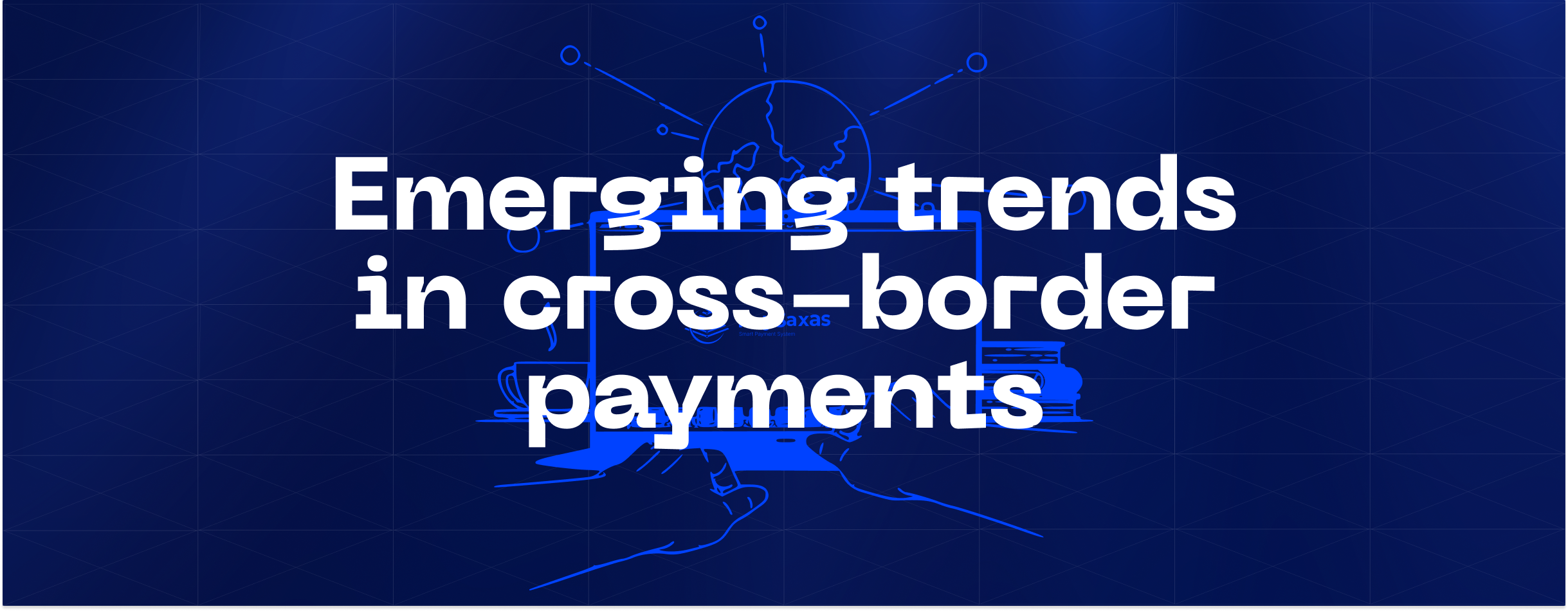
Emerging trends in cross-border payments
The cross border payments market is not standing still but is actively developing. This means that current trends and innovations are giving impetus to new advances in the field. What is the first thing worth mentioning? Let’s explore together.
Changing consumer demands and their impact
Customer needs come first. Their desires and requests shape the demand for the service in the market. Therefore, client preferences and behaviors significantly influence the development and adaptation of cross-border payment solutions.
Today, users of payment services are demanding virtual, remote transactions. Going to the bank, paperwork, and receipts are a thing of the past. These requests give impetus to the development of virtual payment companies, electronic wallets, and other financial systems.
Rise in trade with emerging markets
Modern technology has helped establish the process of trade with developing countries. Now, the doors to this market are open to almost anyone willing to work according to the rules and regulations. This was largely possible thanks to b2b cross border payments.
Today, trading participants can easily send funds almost anywhere. This has improved and simplified the procedure for companies and businesses to enter emerging markets.
Influence of mobile phones and ePayments
There’s no doubt that mobile devices have significantly improved the efficiency and ease of cross-border payments. Smartphones and beyond these days help you to be more flexible, and disregard time and place for various transactions. With just a phone and money in your account, you can easily start your own international business.
Entrepreneurs are increasingly using ePayments in their day-to-day operations. It is not time-consuming, or labor-intensive, and offers several advantages, for example, as a live analytics of the inflow and outflow of funds.

Challenges with cross-border payments
But still, like any other industry, there are challenges with cross border payments fintech. Let’s review a few of them.
Potential risks and security concerns
Unfortunately, people today face risks all over the place. There is virtually no industry that is 100% protected. Customers who make cross border payments are constantly worried about the security of their data and funds. That’s normal.
These days, payment transactions take place virtually all the time. A lot of things can go wrong: you add the wrong payment details, the recipient passes on someone else’s details and won’t get the funds, or simply you lose your account credentials and they fall into the wrong hands.
Banking organizations and payment systems need to think about potential trouble spots and prevent this from happening. Today, there are a lot of companies dealing with these nuances.
The growth of cross-border payment fraud
These days, there is an increase in the number of people who want to get money easily. Instead of working, they start devising schemes to steal funds while making transactions. In this case, cross border payments are no exception.
The rise in fraud correlates with the massive growth in online fintech transaction volumes. Be careful with new contractors. Always check the payment details and references. It can help keep your business safe.
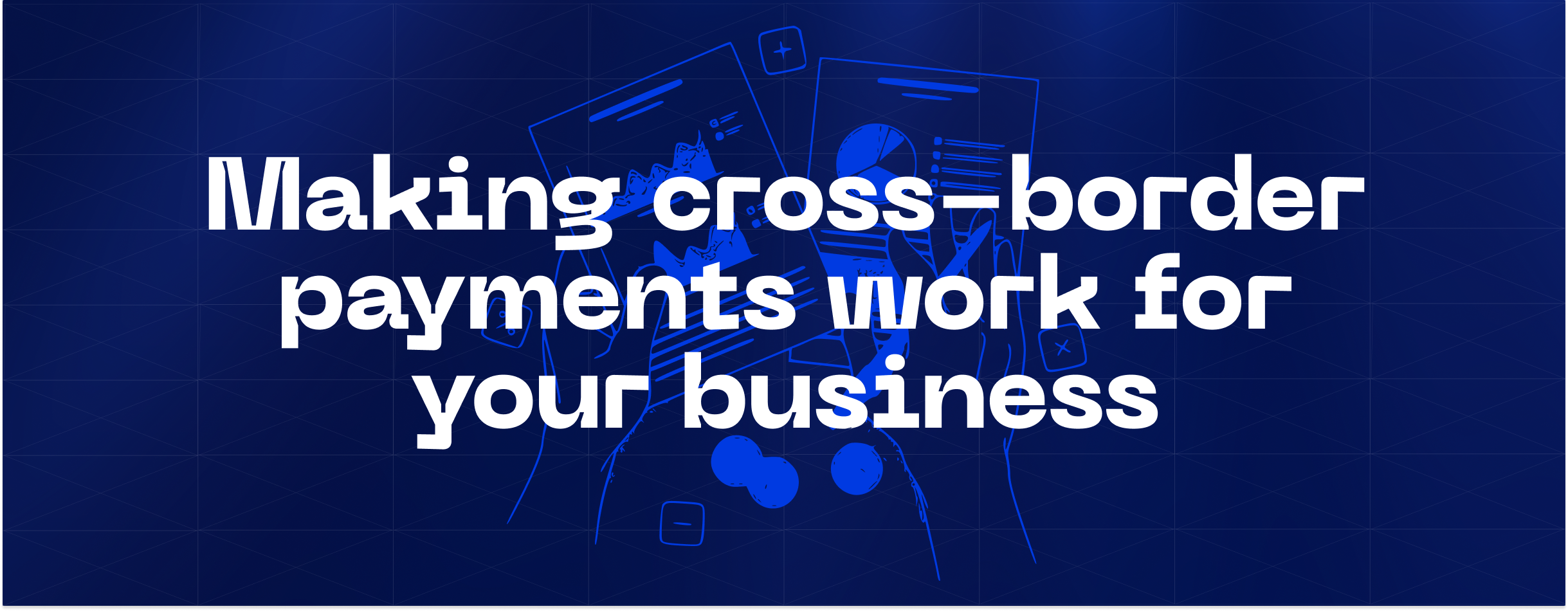
Making cross-border payments work for your business
Business today is like a puzzle. You need to pick all the pieces clearly to make it work properly. In this case, the b2b cross border payments are part of the overall puzzle that is the process. Check out a few tips to ensure you don’t make a mistake in choosing the proper provider for this service.
Choosing the right payment method
When working with international partners, it is important to know which country you are sending money to, the currency of the transaction, and the recipient’s bank. This will help you understand the difference between SEPA and International, whether you are sending money using these methods, or even possibly need to use digital money.
Cross border payments are specific and can be rejected by the recipient bank if the sender sets up the transaction incorrectly. Make sure you have all the necessary details on hand so that your money reaches you on time.
Monitoring exchange rates
As past statistics show, businesses spend a lot of money on the exchange rate in payments. This is because entrepreneurs can work and earn in one currency, but buy products or services from contractors who use another currency.
Businesses have the ability to take this factor into account and analyze how best to make such cross border payments. One solution is to open corporate bank accounts in other jurisdictions or make transactions in other currencies.
Understanding the importance of real-time payment analytics
Real-time transaction monitoring is critical for fraud detection and prevention, which is an important part of payment risk analytics. This approach enables the quick identification of suspicious behaviors, allowing companies to terminate potentially fraudulent transactions.
Today, most banking institutions and payment systems provide such analytics when making cross border payments. This helps to prevent fraud, among other things.
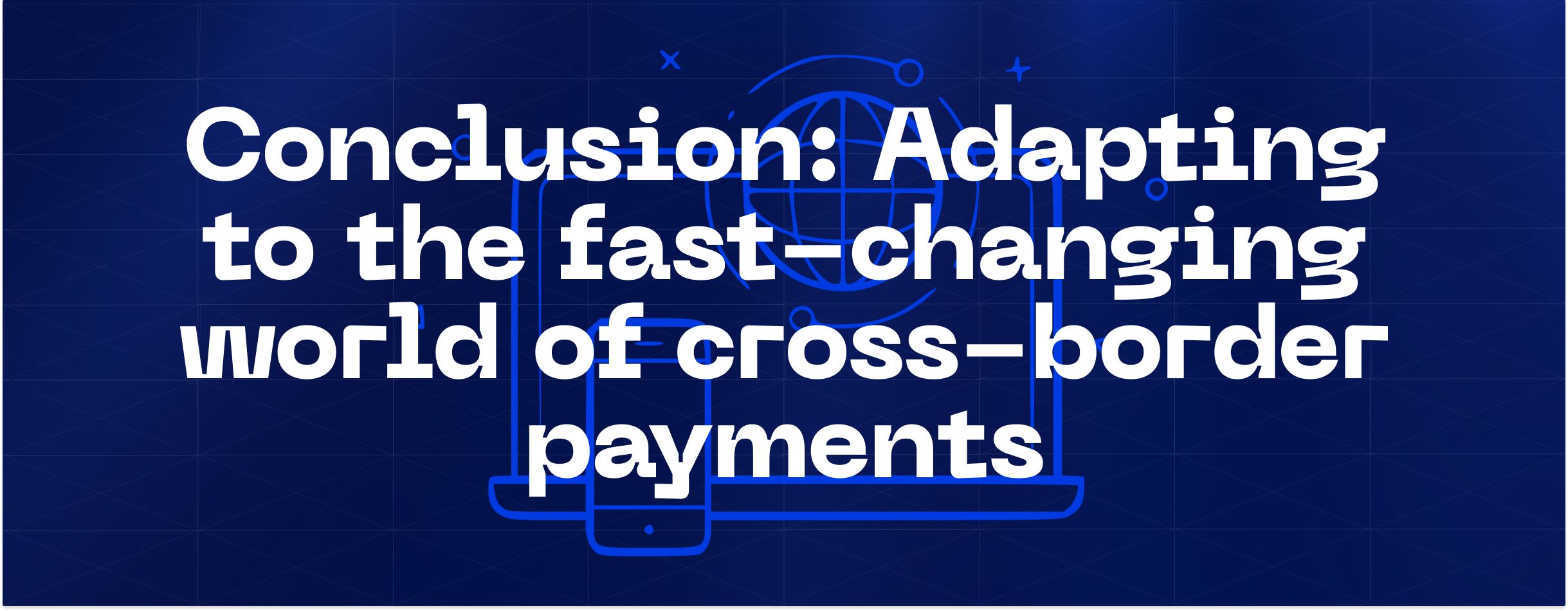
Conclusion: Adapting to the fast-changing world of cross-border payments
In the end, it should definitely be noted that the world does not stand still, but is actively developing. People are doing everything to make life easier for themselves and their customers. An adapting process must happen quickly to modern realities.
Businesses grow their muscles and reach new heights thanks to cross border payments. The ability to collaborate with international partners offers a wealth of opportunities. It is nice to realize that also with the development of the direction, the cross border payments regulation of the market is improving.
It helps to abide by the rules of the game and fair cooperation. You don’t have to shut yourself off from the world. Turn on your imagination, start your own business, and work with those you are comfortable with. The PaySaxas team is here to make your money transactions easy.


